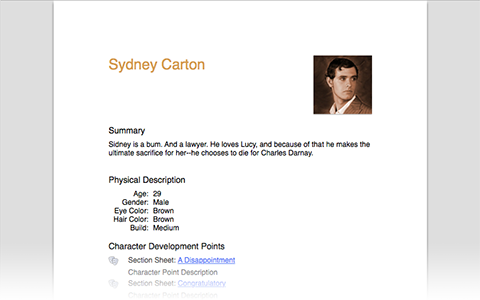

At that point you’ll see the files and folders that make up your project. It’s a good idea to scan this first because some operations need a bit of explanation before you jump in. Note that the “Getting Started” document is a fairly extensive Storyist document that serves as the documentation. Like Apple’s Keynote or Pages, you’ll create a Projects page with each item given a different name. You’ll start with a page that allows you to chose a template, a screenplay or novel or just text.
#The storyist Bluetooth
An enhanced onscreen keyboard and support for Bluetooth keyboards.Automatic manuscript and screenplay formatting.

A rich text editor with support for fonts, colors, comments, images, headers, footers and stye sheets.When it’s time to export for publication, the Mac version can do all that, but for people who just want to write on the go, Storyist for the iPad is perfect. By linking to Dropbox, one can write on the iPad, sync to Dropbox, and pick up later with Storyist for the Mac at home. On the iPad, the focus is on the act of writing and not output formatting. Storyist for the iPad is similar to its big brother, previously reviewed here at TMO. However, until recently, one could never really be very far away from a power outlet.* With the launch of Storyist for the iPad, one can seriously think about working on the beach or under a shady tree somewhere. Some prefer to work at a business desk with a special keyboard and some like an easy chair or recliner and a MacBook Pro. Now you can write that novel under the cabana on the beach.Įvery writer has a different routine and a different set of tools. It’s based on the Mac version, has templates for both a novel and screenplay, and has file compatibility with the Mac version. Storyist for the iPad has just been released.


 0 kommentar(er)
0 kommentar(er)
